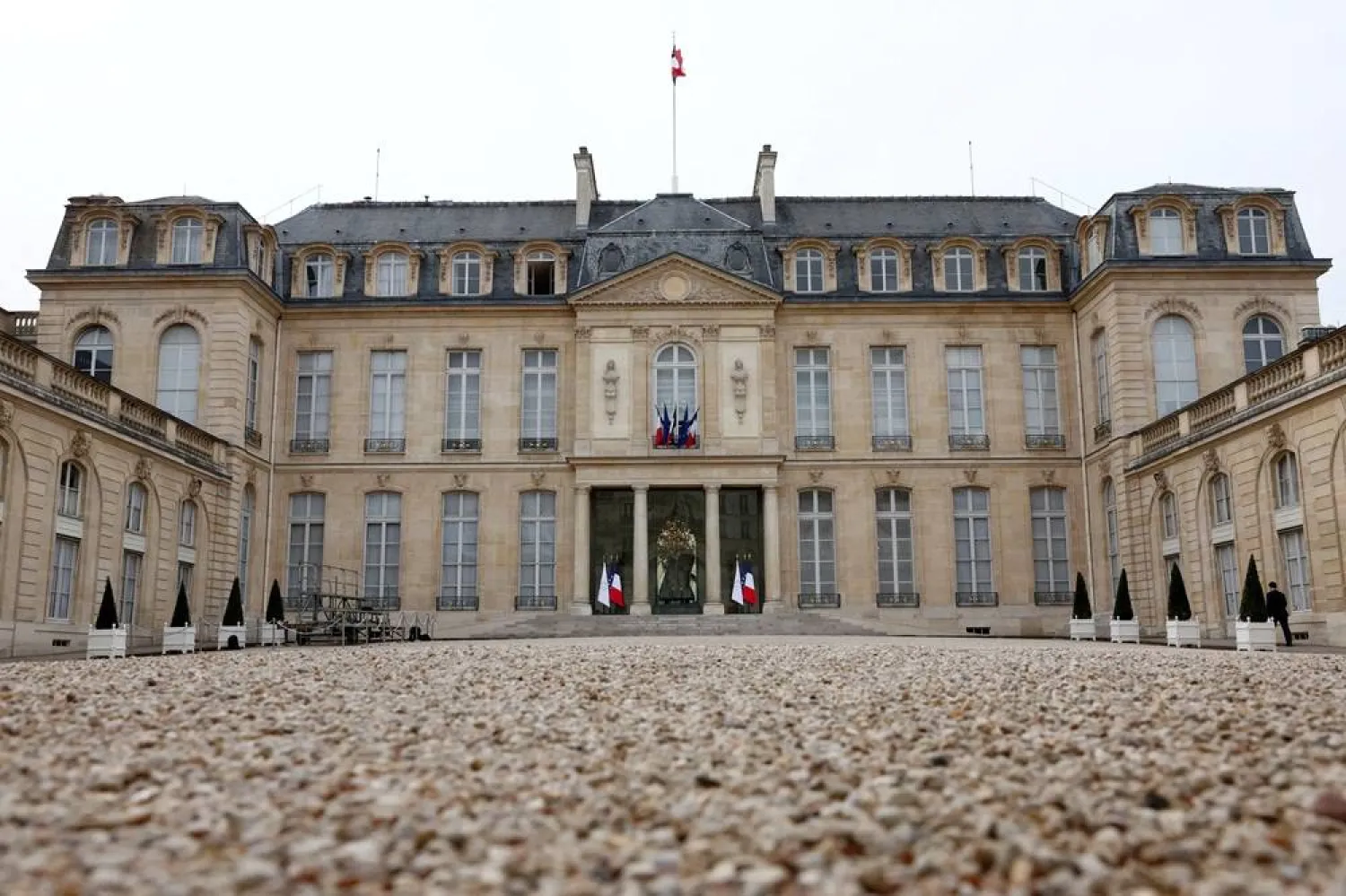Scientists at the University of Portsmouth have discovered three new species of pterosaur that lived in Morocco in the past.
Pterosaurs are the less well-known cousins of dinosaurs. They had adept flying ability. Some were as large as a fighter jet and others as small as a model aeroplane.
Professor David Martill made the discovery with a team of researchers from Morocco and the US.
The new species belongs to a group of pterosaurs called tapejarids from the Cretaceous period. They are well known in Brazil and China, and specimens have also been discovered in Europe, but this is the first time the flying reptile has been found in Africa.
The study, published in the journal Cretaceous Research, has revealed that these species differ from the three recent ones discovered as this one had no teeth -- it was 'edentulous'.
Martill, from the University's School of the Environment, Geography and Geosciences, who led the study said: "The study of Moroccan material shows that we are still far from having found all the paleontological treasures of North Africa. Even fragmentary fossils, like the jaw piece of the new pterosaur, can give us important information about the biodiversity of the past."
Roy Smith, one of the co-authors, said: "I feel very privileged to be part of such an exciting discovery. Working in the Sahara was a life-changing experience, and discovering a new species of pterosaur is the icing on the cake."
The new pterosaur has been named Afrotapejara zouhrii to honor the Moroccan palaeontologist Professor Samir Zouhri, who has contributed to several discoveries of prehistoric reptiles in Morocco, including dinosaurs and pterosaurs.
For his part, Palaeontologist Dr. Nizar Ibrahim, said: "Samir Zouhri has played an important role in the development of Moroccan palaeontology, not only through his publications, but also because he organized scientific conferences in Morocco and edited an entire volume for the Geological Society of France on the subject of vertebrate palaeontology in Morocco."









